On a clear October night, I watched a ragged skein of geese slide across the stars and felt the familiar tug of the old question: how do they know where to go? For decades, the answer looked like a magician’s trick hidden in plain sight, a sense beyond our own that tuned birds to the planet itself. Scientists now point to a remarkable capacity – magnetoreception – that lets birds read like an invisible map and compass. It’s a story that braids quantum-scale chemistry with planetary physics, and it has moved from speculation to testable biology. As migration peaks across continents, the evidence offers a fresh, almost humbling view of how life couples to the slow breath of Earth’s poles.
The Hidden Clues
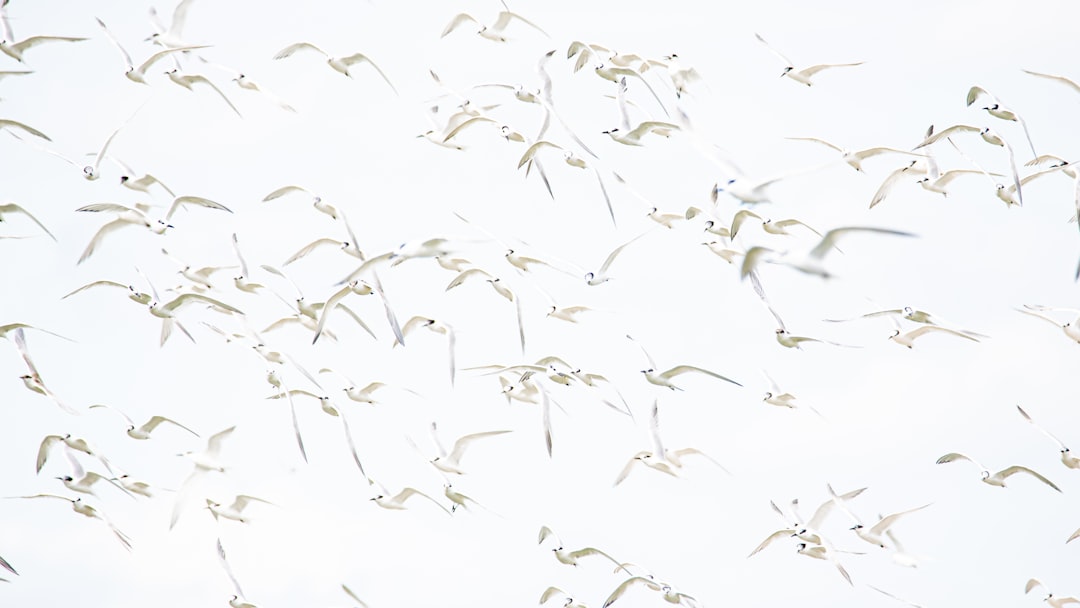
What if the sky’s grand highways aren’t drawn in starlight but in faint magnetic lines twisting from pole to pole? Many migratory birds appear to sense the inclination of these lines, distinguishing poleward from equatorward the way a hiker reads a slope. Their compass is not about pointing to magnetic north per se; it’s about detecting the angle the field makes with gravity at different latitudes. That subtle difference helps a thrush or robin keep a steady bearing at night when clouds erase visual cues.
Field and lab studies converge on a striking pattern: when researchers rotate a magnetic field around a bird in a controlled chamber, its preferred direction rotates as well. Yet the same birds can also ignore magnetic cues when the Sun, stars, or wind demand a safer route, revealing a flexible, layered navigation system. The mystery isn’t whether birds sense magnetism – it’s how many ways they do it, and how those channels speak to one another in real time.
From Ancient Tools to Modern Science
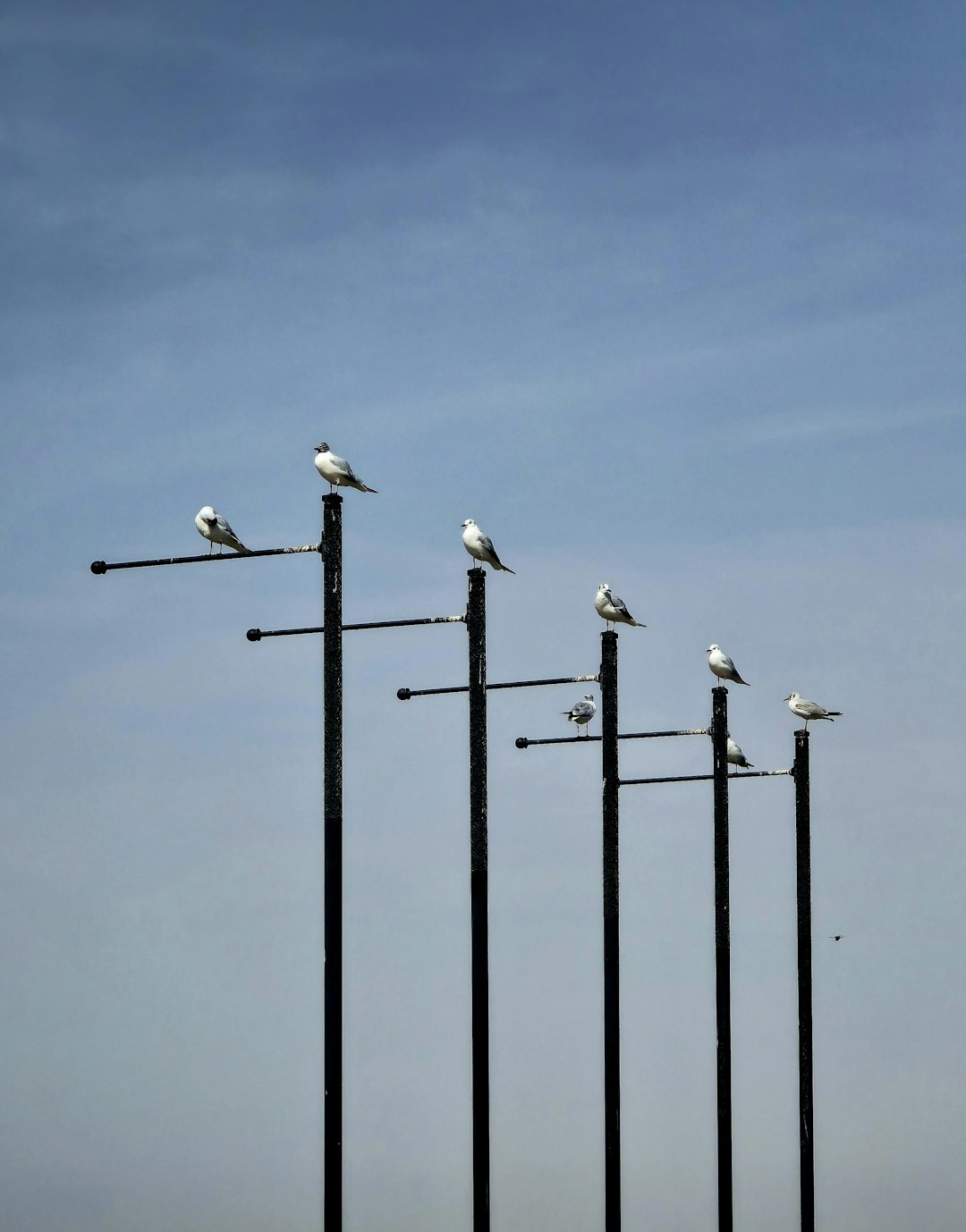
Early naturalists suspected a hidden compass because birds released far from home still aimed for familiar grounds, even without landmarks. The idea sounded mystical until experiments in the late twentieth century began isolating magnetic, visual, and olfactory cues in clever combinations. Bit by bit, the romance gave way to mechanism, and the once-abstract “sixth sense” took on measurable edges.
Today’s setups look more like physics labs than aviaries: coils that reshape local magnetic fields, radiofrequency noise generators, and light filters that mimic dusk. The payoff is precise evidence that certain wavelengths and faint electromagnetic interference can nudge the avian compass off course. That level of control has let scientists test hypotheses once thought untestable, bringing the biology of migration squarely into the realm of reproducible proof.
Inside the Avian Compass

One leading mechanism lives in the eye, where blue-sensitive photopigments called cryptochromes can form short-lived “radical pairs” whose chemistry is subtly altered by magnetic fields. When a bird looks out into the dim, blue light of evening, the physics of those molecules may imprint a directional signal across its visual field. The result is not a needle but a perception – an orientation overlay that tells the brain which way is poleward.
Crucially, this compass reads the inclination of the field, not its polarity, which is why many migrants can still orient correctly in the Southern Hemisphere. The signal is delicate, and experiments show it can be disrupted by low-intensity radiofrequency noise at specific frequencies, underscoring just how fine-tuned the sensory chemistry must be. Brain imaging points to specialized regions lighting up during magnetic tasks, suggesting the compass is integrated alongside sky and landmark cues rather than operating alone.
Maps in the Mind
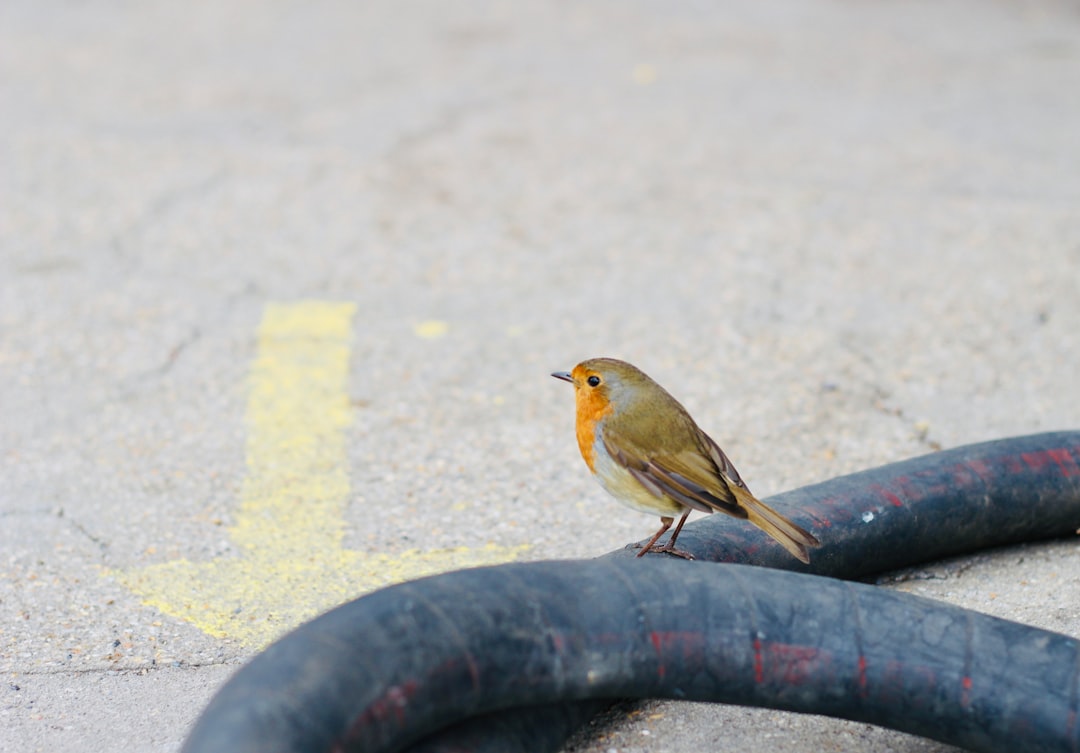
Compass direction is only half the journey; birds also need a map that tells them where they are. Evidence points to a second magnetic channel that tracks field intensity and gradients, likely routed through trigeminal nerve pathways to brain areas that handle spatial information. Some studies link iron-containing particles in head tissues to this map sense, although the exact identity of the receptor cells remains debated and has sparked careful reappraisals.
What’s clear is that birds calibrate and cross-check constantly – sunset polarization patterns, star rotation at night, familiar odors, and landmarks all feed the brain’s navigational ledger. Young birds may launch with a genetically encoded route and then learn refinements, updating their internal maps as they encounter shifting winds, coastlines, and magnetic features. It’s less a single instrument than an orchestra, with the magnetic section keeping time when other parts fall quiet.
Storms, Cities, and the Compass That Wobbles
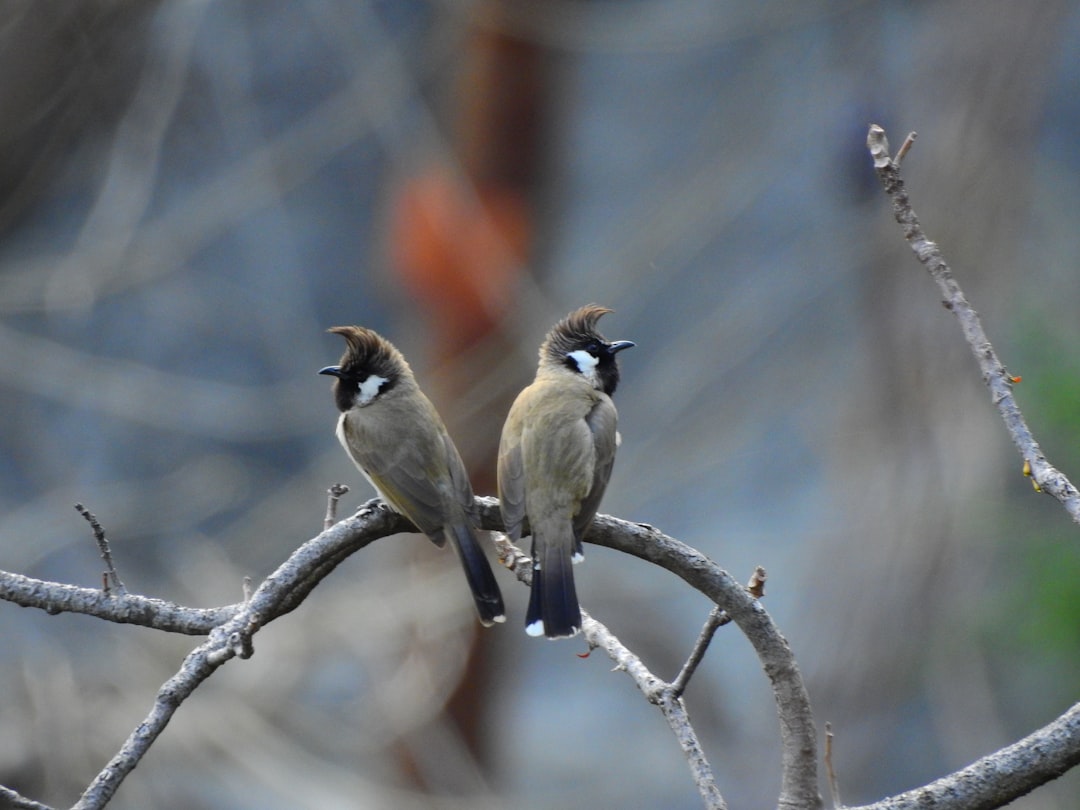
is not a fixed backdrop; it drifts and ripples with solar activity, and the magnetic poles wander by tens of kilometers per year. During geomagnetic storms, the field can fluctuate enough to nudge flight paths, especially for first-time migrants that lean more heavily on magnetic cues. Urban life adds another layer: broad-spectrum electromagnetic noise and glass-bright skylines can scramble orientation and increase collision risks.
Migrants adapt by recalibrating at dawn and dusk, essentially resetting their compass against the sun’s clock and the night sky. Still, when weather, noise, and light pollution pile up, the error budget tightens, and the route becomes a gauntlet rather than a glide. Those episodes remind us that navigation is a negotiation with a living planet, not a preloaded route on a device.
Why It Matters
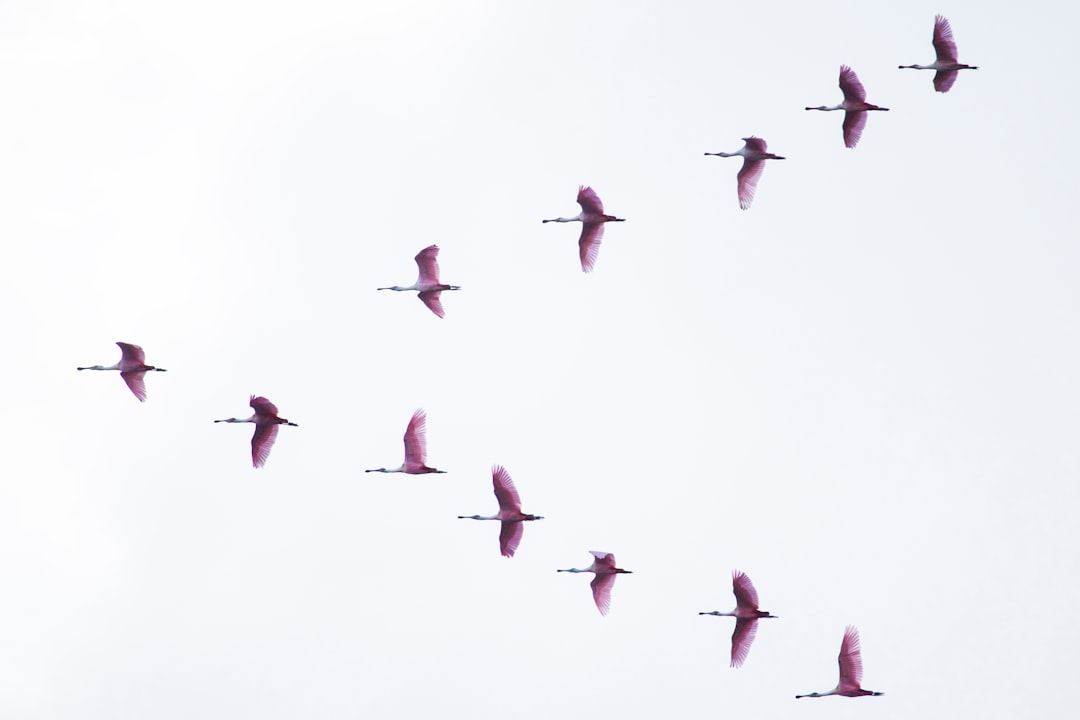
Understanding magnetic navigation is more than a curiosity; it’s a key to forecasting migration waves, reducing bird-building collisions, and planning infrastructure with fewer ecological surprises. Think of it as the biological analog to GPS, except the satellite network is Earth itself and the receiver runs on sunlight and seed fat. When we know how and when birds tune into magnetic cues, we can time lights-out policies, refine wind turbine curtailment windows, and protect critical stopover sites.
The stakes are practical and profound: migration drives nutrient cycles, pest control, and the seasonal pulse of ecosystems across continents. As climate change shifts winds and phenology, species that can flex their navigational playbooks will fare better than those bound to narrow corridors. Cracking the code of magnetoreception helps us see which populations are resilient and which ones are cruising on a razor’s edge.
Global Poles, Local Paths
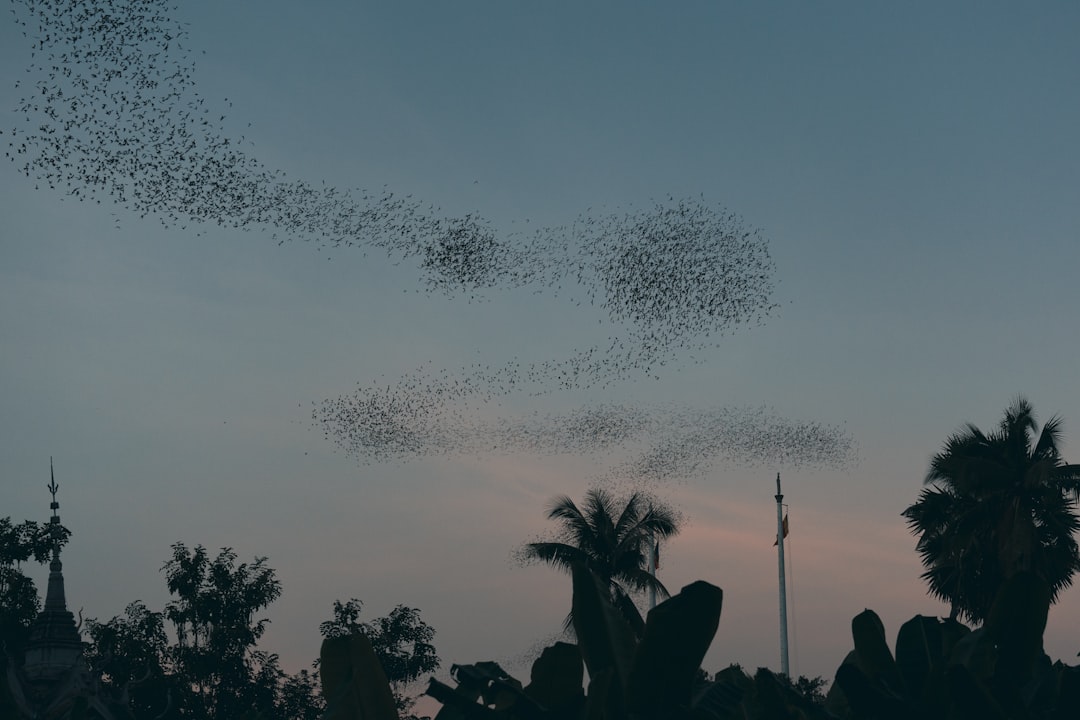
The relation to Earth’s poles is both direct and surprisingly nuanced. Birds don’t chase the pole like a compass needle; they read the inclination pattern that radiates from it, which neatly flips between hemispheres while remaining interpretable. That means a species can cross the equator and still use the same rule set, switching from “steeper is poleward” to its mirrored counterpart without losing the script.
Yet local magnetic irregularities – caused by crustal geology or regional anomalies – can act like eddies in a river, diverting routes or creating reliable “magnetic shorelines.” Experienced migrants appear to memorize these features and fold them into a broader strategy that also respects coastlines, mountain chains, and prevailing winds. In practice, the grand geometry of the poles sets the scale, while the journey succeeds or fails on the details of place.
The Future Landscape
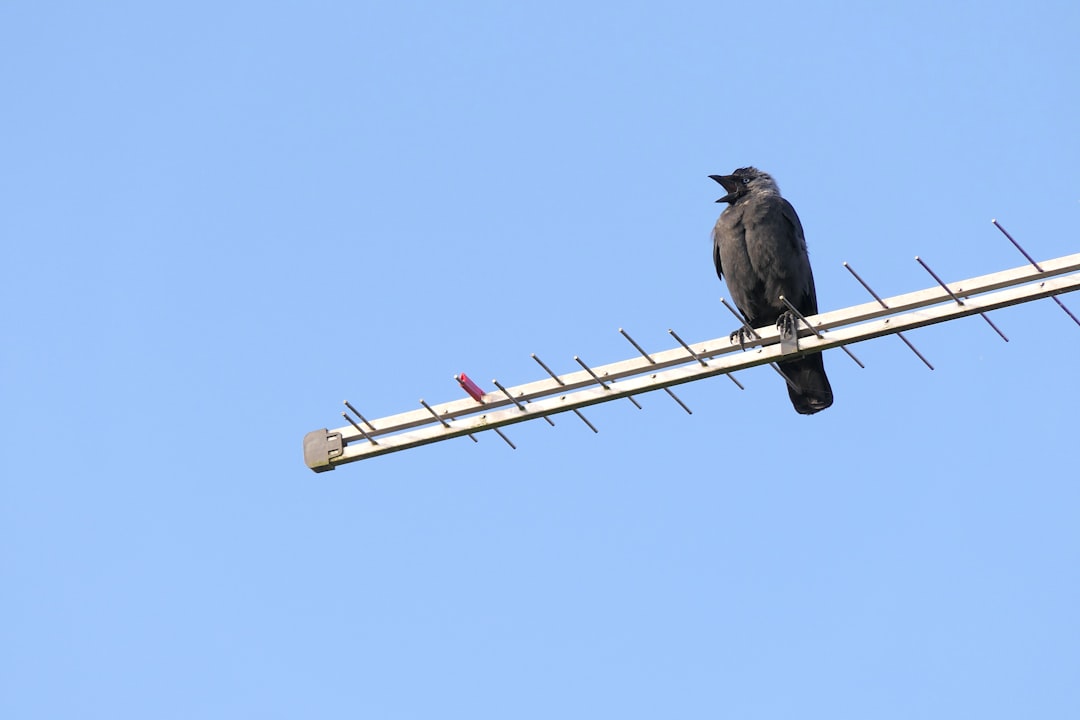
New biologging tags combine GPS with tiny magnetometers, letting researchers match wingbeats to field lines in unprecedented detail. In parallel, laboratory work in quantum biology is probing the cryptochrome reaction chain, with hopes of building biomimetic sensors that work at room temperature without bulky shielding. Such tools could predict migration timing more precisely, inform airspace management, and even improve space-weather alerts for conservation.
Challenges loom: rising electromagnetic noise, changing storm patterns with a strong solar cycle, and the slow drift of isoclines that once served as reliable rails. International coordination will be essential because birds do not care about borders, but policies and power grids certainly do. If the last decade has taught us anything, it’s that precision in mechanism breeds precision in protection – and we’re finally close to both.
How You Can Help
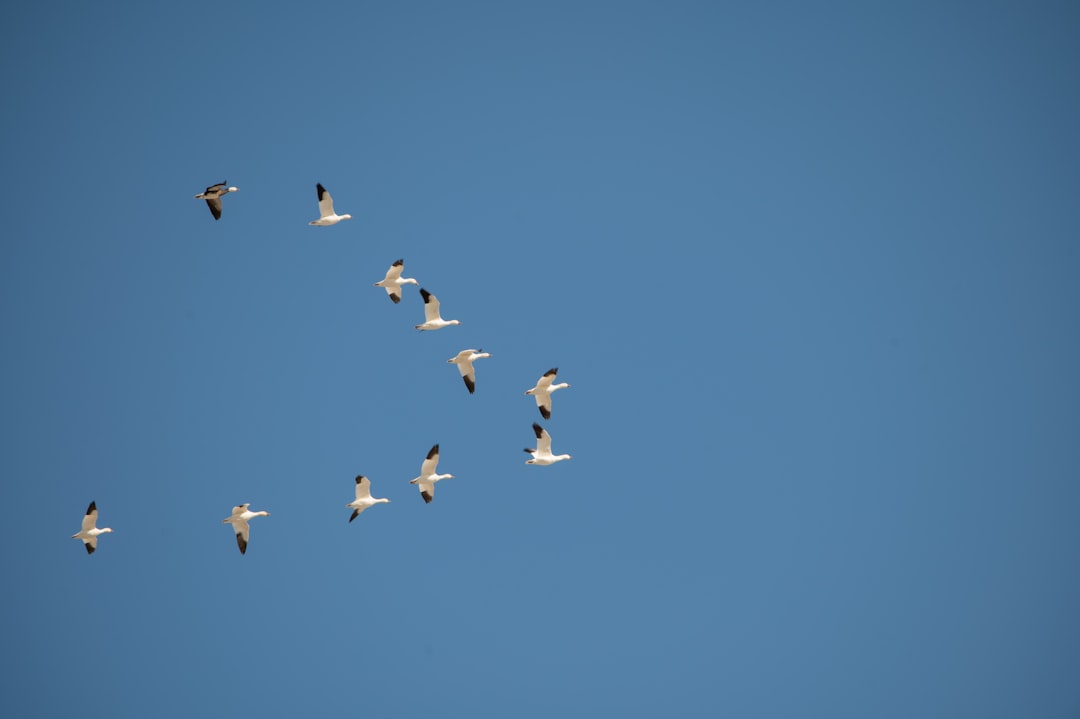
Small actions add up along a flyway that spans continents. Turn off nonessential lights during peak migration nights, use bird-safe window treatments, and keep cats indoors when flocks are moving through. Support preserves that protect stopover wetlands and ridgelines; these places are the refueling stations that make a magnetic route worth following.
Stay curious, too: report sightings to community science platforms and watch local forecasts that now include migration intensity alongside wind and rain. The next time you step outside at dusk and hear faint calls overhead, remember there’s a compass in those wings, tuned to a planet we share. What route will you help keep clear tonight?

Suhail Ahmed is a passionate digital professional and nature enthusiast with over 8 years of experience in content strategy, SEO, web development, and digital operations. Alongside his freelance journey, Suhail actively contributes to nature and wildlife platforms like Discover Wildlife, where he channels his curiosity for the planet into engaging, educational storytelling.
With a strong background in managing digital ecosystems — from ecommerce stores and WordPress websites to social media and automation — Suhail merges technical precision with creative insight. His content reflects a rare balance: SEO-friendly yet deeply human, data-informed yet emotionally resonant.
Driven by a love for discovery and storytelling, Suhail believes in using digital platforms to amplify causes that matter — especially those protecting Earth’s biodiversity and inspiring sustainable living. Whether he’s managing online projects or crafting wildlife content, his goal remains the same: to inform, inspire, and leave a positive digital footprint.




